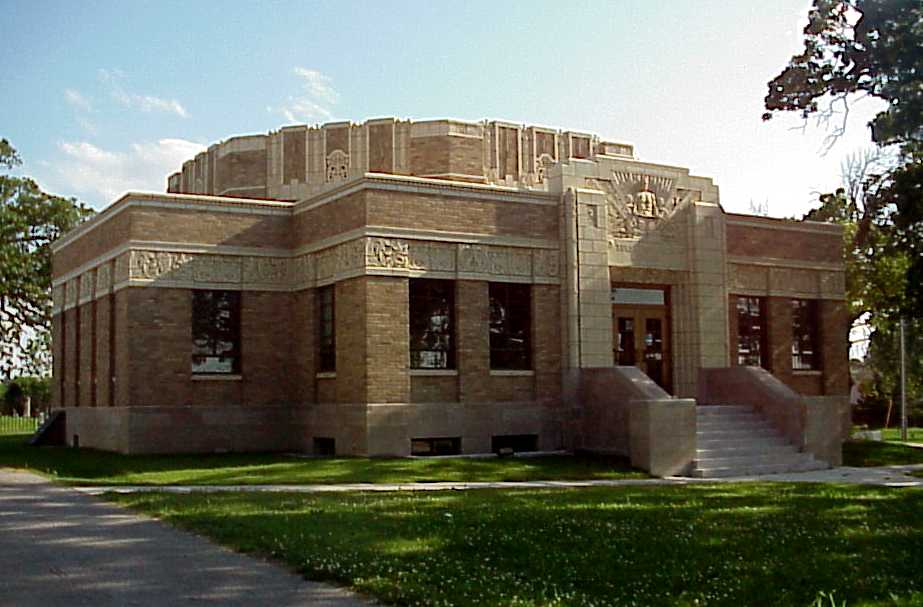- Tulsa Fire Alarm Building
Infobox_nrhp | name =Tulsa Fire Alarm Building
nrhp_type =

caption =
location=Tulsa, Oklahoma
lat_degrees = 36
lat_minutes = 8
lat_seconds = 59.53
lat_direction = N
long_degrees = 95
long_minutes = 58
long_seconds = 43.42
long_direction = W
locmapin = Oklahoma
area =
built =1931
architect= Kershner, Frederick V.; Smith & Senter
architecture= Art Deco
added =September 02 ,2003
governing_body = Private
refnum=03000879cite web|url=http://www.nr.nps.gov/|title=National Register Information System|date=2007-01-23|work=National Register of Historic Places|publisher=National Park Service]The Tulsa Fire Alarm Building is a historic
Art Deco building in Tulsa Oklahoma. It was built in 1931 and served as the central reporting station for the Tulsa Fire Department. Fires were reported from alarm boxes spread around town to this building and the firemen in this building would alert thefire station closest to the fire. At the time of its construction this system was the best available alarm system.The building was designed by architect Frederick V. Kershner and inspired by
Mayan temple design. The building has an extensiveterra cotta frieze program, with several fire related motifs. A recurring theme on the front facade is a double headed dragon. The large frieze over the front door has a naked male figure holding in his hands Gamewell alarm tape (part of the first alarm system used in this building) who is flanked by two helmeted firefighters. The building originally had two large art deco style lanterns above the front door way.The building was used by the Fire department until 1984. It was left vacent and fell into disrepair. In 1994, it purchased by Martin Newman, chairman of the Tulsa Preservation Commission. In 2000 the The American Lung Association of Oklahoma purchased the building as its new headquarters. After a $5 million fund raising campaign, the renovation of the building was completed in 2005. The building was listed on the
National Register of Historic Places in 2003.References
External links
* [http://www.tulsapreservationcommission.org/nationalregister/buildings/index.pl?id=19 Tulsa Preservation Commision]
* [http://www.nationaltrust.org/Magazine/archives/arc_news/062603.htm National Trust for Historic Preservation, Preservation Online]
* [http://www.hallofflame.org/FireAlarmPixPage.htm Hall of Flame Fire Museum on Gamewell alarm system.]
Wikimedia Foundation. 2010.
